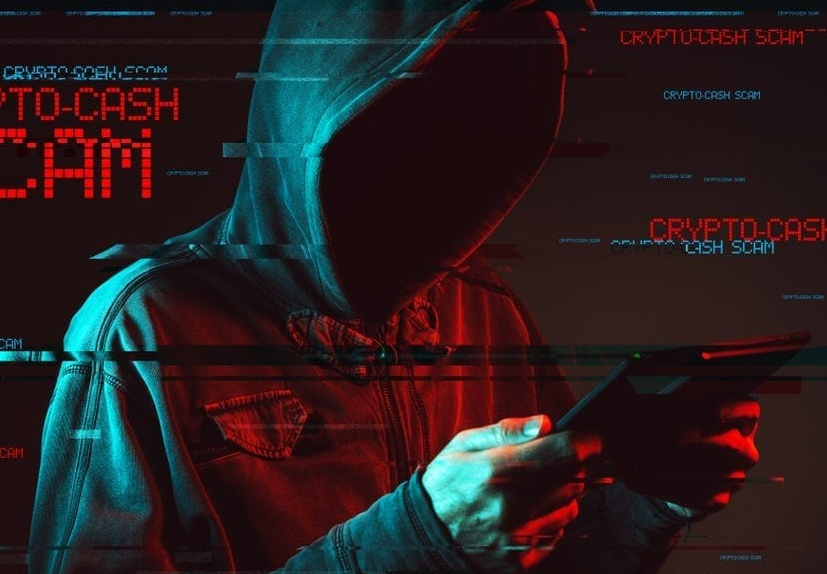Cybercrime cases continue to grow in Ireland. A survey by the global information and solutions company out that there was a 20% growth in digital fraud attempts in the country in the second quarter of this year, compared to the same period last year. Faced with this rise, it is essential to know how to recognize and avoid falling into these scams.
The lawyer discloses a tourist property for vacation rental in the city of Municipality in Ireland and, one of the followers of the profile, informed him that another account of the network was impersonating the profile to ask for personal data from the followers.
“This person who denounced ended up passing on the data and even reported data received by SMS that the scammers requested. Upon learning of the occurrence of this attempted coup, we made an official statement on our account, informing of the attempted coup, stating that this was our only official account and that we do not contact you asking for personal information, nor do we do sweepstakes. In addition, we mobilize followers to report on the fake account”, he says.
The lawyer also says that, despite the attempted coup, he was not aware of people who had some kind of financial loss. He also said that the account remains active, with several followers and that he still hopes that the network can act by deleting the fake profile in the face of the complaints made.
According to Izaaly, professor of the Computer Science course at Unit/AL and a specialist in CyberSecurity, to identify cyber-crimes it is necessary to know their nature, which is usually divided into two: the crimes themselves or pure, where the objective is to achieve the digital system (computers, cell phones, computer networks, etc.) and improper or mixed digital crimes, where technology is only used as a means to execute crimes already typified in the penal code, such as embezzlement, slander, defamation and others.
“When we talk about digital crimes themselves, there are attempts to deceive a person to gain access to financial resources. These are the most common. In this case, criminals use messages on social networks, instant messaging applications and e-mails that contain attached files or links that the user did not request, with the purpose of installing malicious software on the victim’s device, which could collect data. It and send it to criminals or allow them to have access to the device”, he explains.
Izaaly advises that in order not to fall for scams, when receiving messages from strangers, the user must be suspicious and analyze them in detail. If the user becomes a victim of a scam, the expert advises him to collect as much evidence as possible to report it.
“Always be suspicious of all messages received unsolicited and try to confirm by other means, messages received on whatsapp/telegram/signal and others, with known contacts, when these messages are abnormal. Anyway, if the user unfortunately becomes a victim, he must collect evidence (screenshots, creation of backup messages, audios, videos), with everything that can corroborate and help prove what happened. Subsequently, he must file a report for communication to the police authority, and it is always recommended to seek advice from a lawyer”, adds the professor.
According to Paul Mccarthy Scam, the professor points out that other simple habits can be adopted by users to reinforce virtual security, such as installing a good antivirus and anti-spam, firewall, VPN use, encryption, in addition to updating accounts and profiles with strong, non-repeated passwords.
